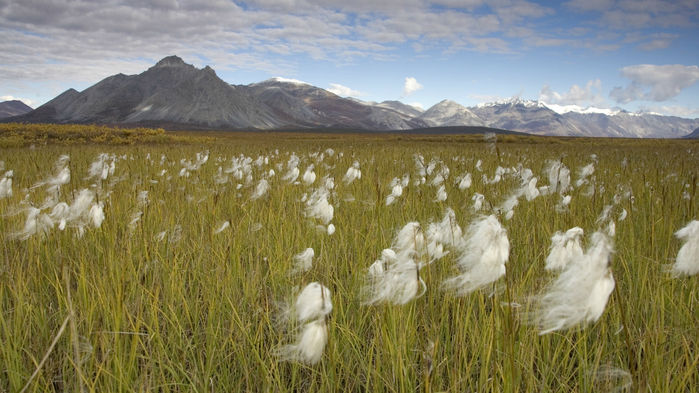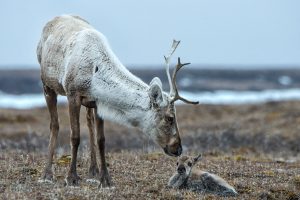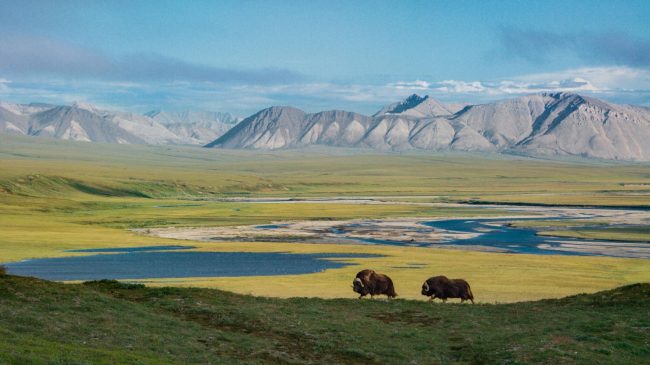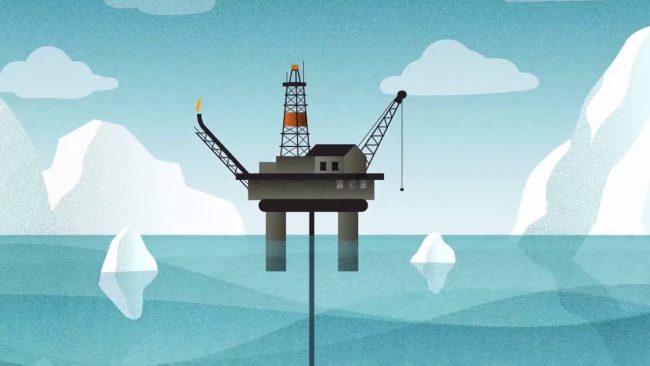By: David Raskin, Friends Board President
The Arctic Refuge drilling proposal continues front and center on the national stage, and the administration’s numerous assaults on the environment remain bogged down under the pressures of time, resources, and inadequate scientific studies!
Arctic National Wildlife Refuge
There is some news concerning DOI plans to sell leases for oil and gas development in the Coastal Plain of the Arctic Refuge. The Record of Decision (ROD) continues to be delayed for unannounced reasons and is now delayed until at least sometime in January. Since the lease sale had been planned for December 2019, the delay of the ROD and the necessary waiting periods after its release have pushed any possible lease sale farther into February at the earliest.
There is no word about plans for seismic exploration, which likely cannot occur before the 2020-21 winter, if at all. A recent report published in the Journal of Wildlife Management describes the potential impacts of various seismic scenarios. Even the most restrictive alternative would risk some polar bear mortality. So far, we have not seen a proposed plan for exploration. The warming arctic temperatures have narrowed the window of opportunity for such activities on frozen tundra. However, the State of Alaska appears to be moving forward with seismic exploration on State lands immediately adjacent to the Canning River in the Arctic Refuge.
Our conservation and Native Alaskan partners continue to hold successful outreach events throughout the country, and there have been many great pieces in various media. The campaign’s meetings with executives of oil companies and financial institutions concerning the dangers of Arctic drilling and the financial risks of supporting such efforts are producing impressive results. Bernadette Demientieff, Executive Director of the Gwich’in Steering Committee, is spearheading this campaign and has recently received national recognition for her great work. We will win this latest in the decades-long battle to save and preserve the Arctic Refuge and its subsistence and cultural values!
Izembek National Wildlife Refuge
There is no significant development in the suit filed on August 7, 2019 in federal district court that names Friends as the lead plaintiff along with eight conservation partners. We have not received a ruling from the Court, and we will provide updates as this lawsuit works its way through the legal process.
Kenai Predator Control and Hunting Regulations
The proposed Kenai Refuge predator control regulations have not been released, but we continue to expect them soon. It is likely that the new regulations will allow hunting of brown bears over bait, as well as loosened restrictions on hunting in the Skilak Wildlife Recreation Area and 4-wheel drive access to frozen lakes. It appears that there will be a 30-day comment period, but no public hearings. Recently, the State of Alaska and the Safari Club filed their motion for summary judgment challenging the Kenai National Wildlife Refuge’s rule that bans brown bear baiting (among other things). The Friends and other organizations are intervenors in this lawsuit and are closely following these developments. If the DOI adopts new predator guidelines, this lawsuit may be rendered moot.
Ambler Road
The has not been any significant development on the proposed 211-mile long Ambler industrial road even though it is on an “unprecedented, extreme fast track,” according to a BLM official. Trustees for Alaska assembled detailed, comprehensive comments on the DEIS that were submitted on behalf of numerous organizations, including Friends. We await information on the comments that were submitted and the issuance of a Final EIS. As with the many hurried and poorly supported BLM assaults on public lands, this process seems to have slowed.











